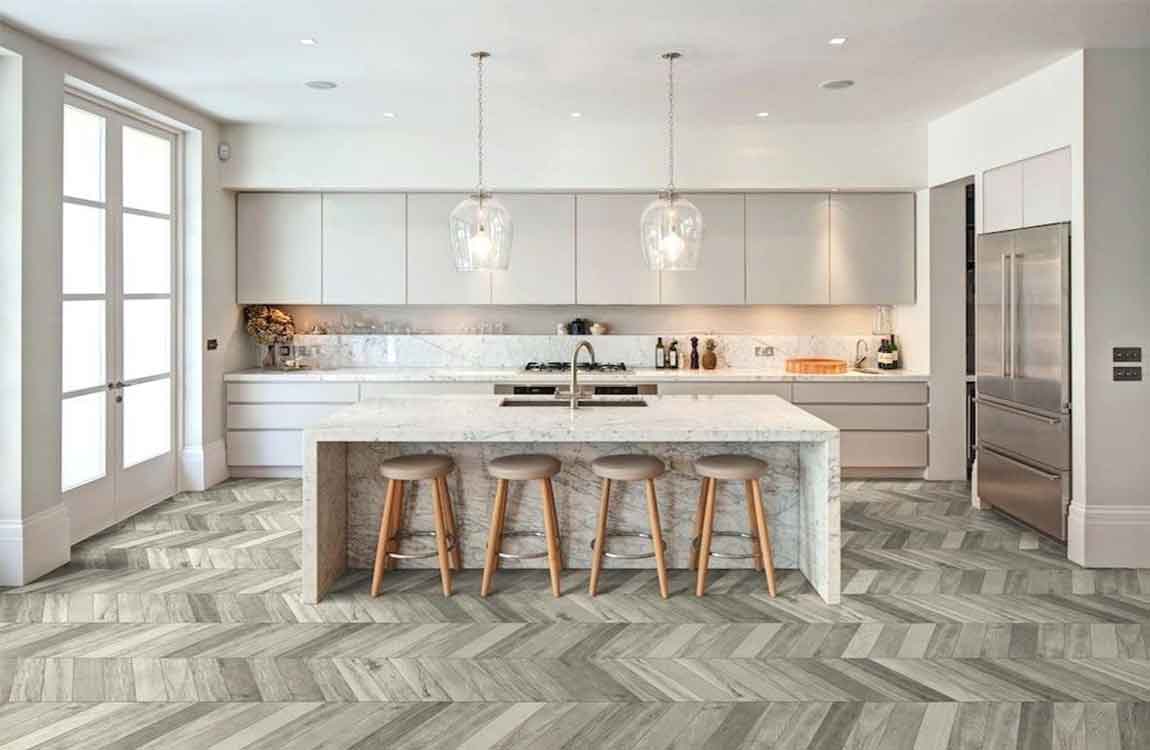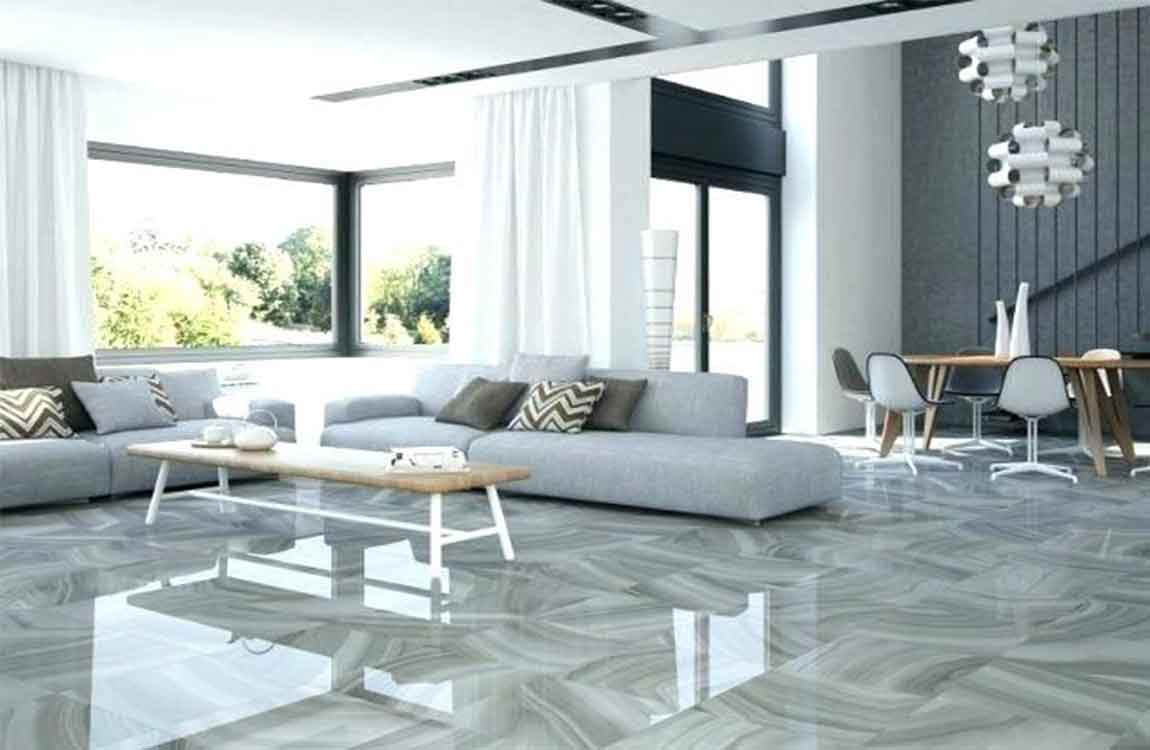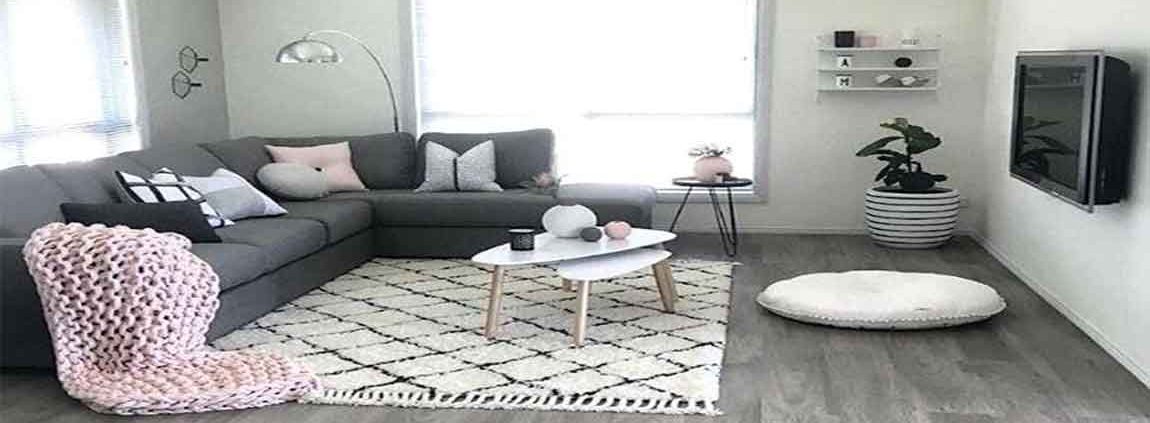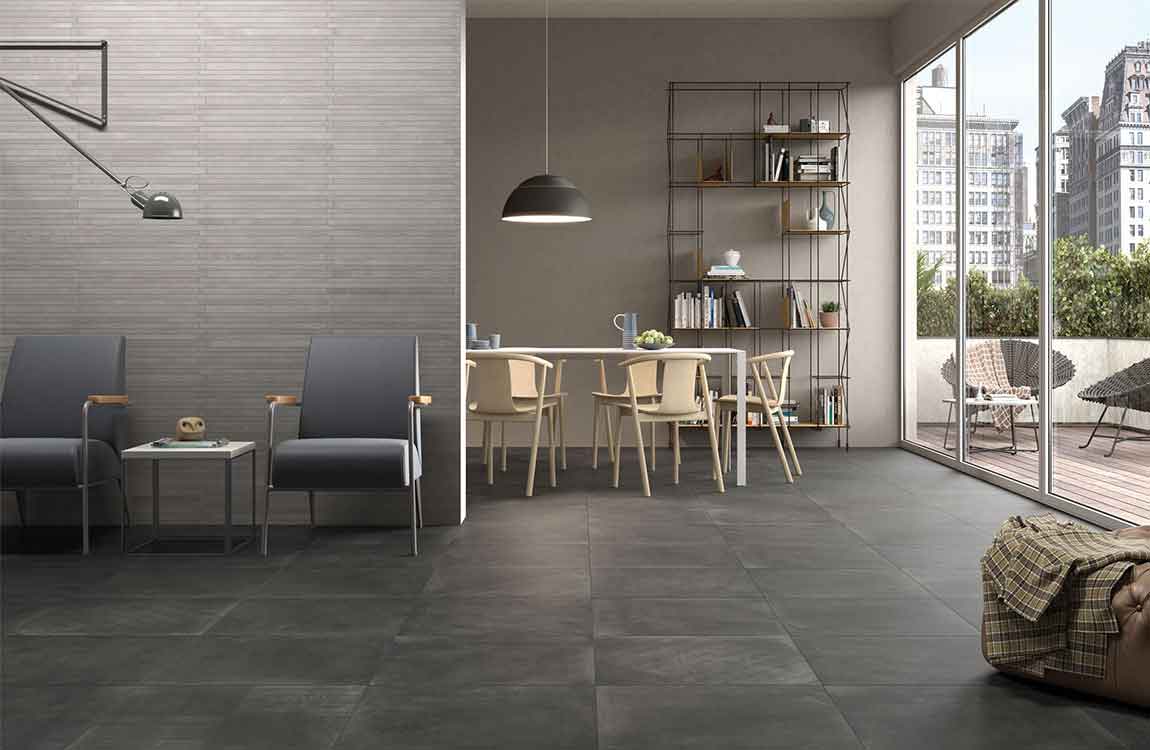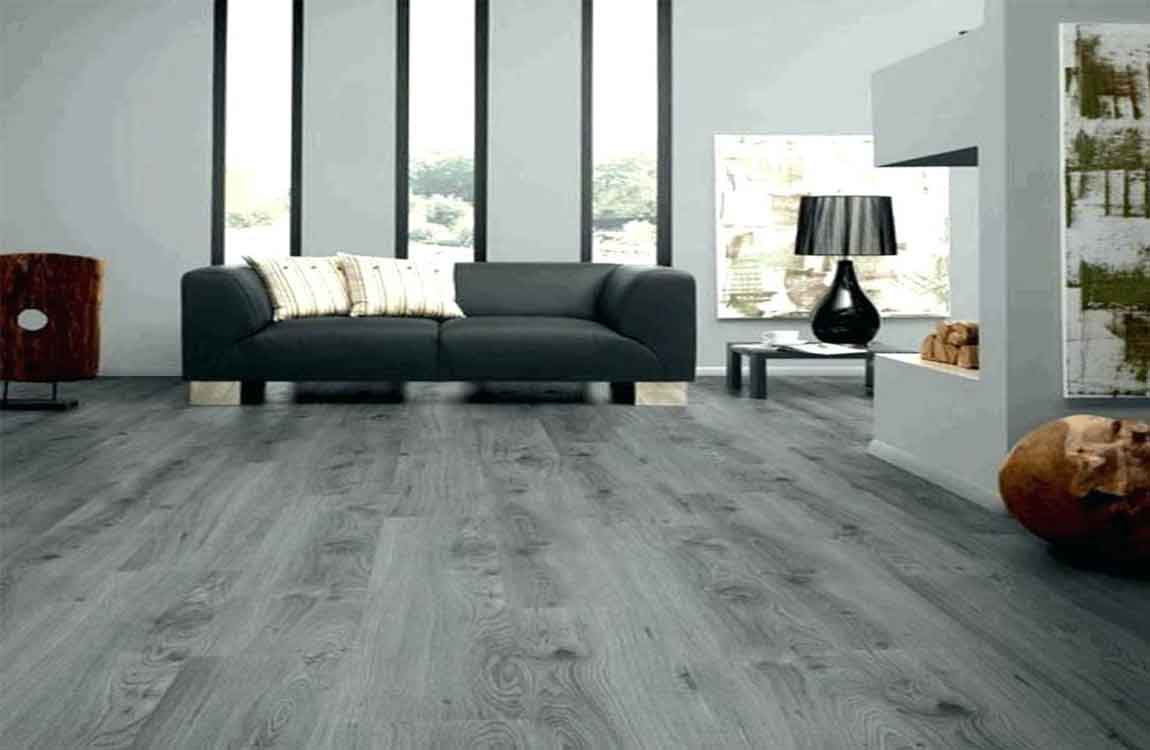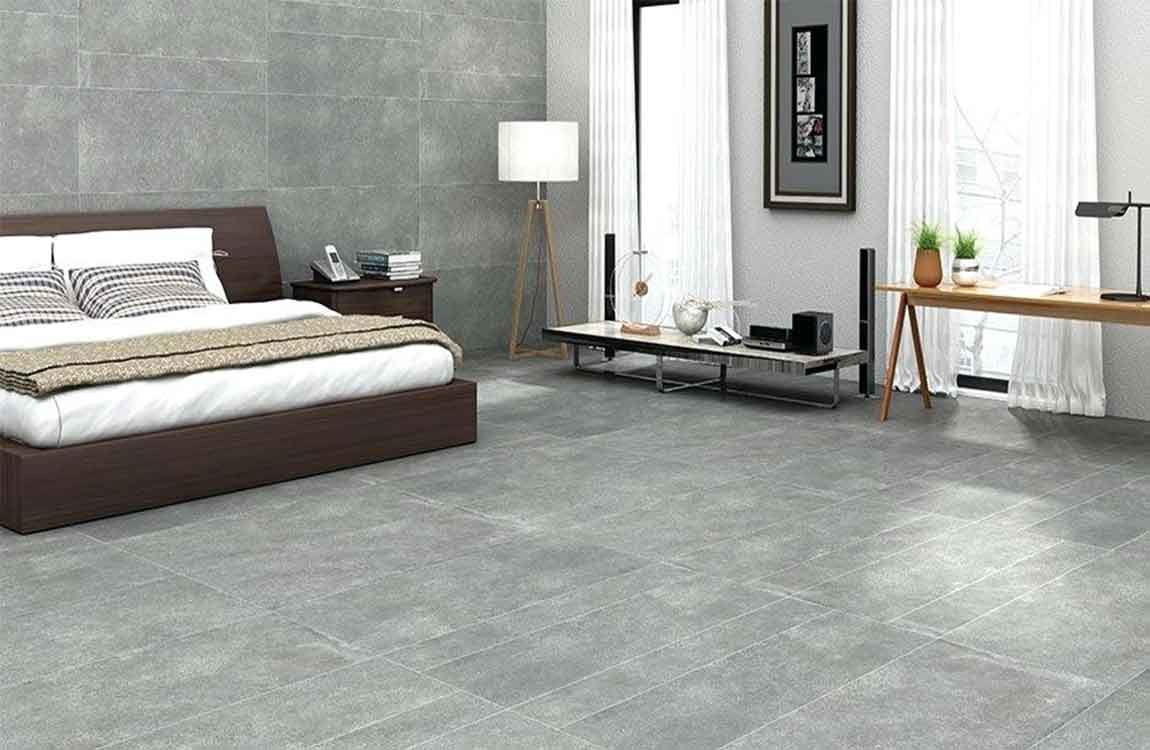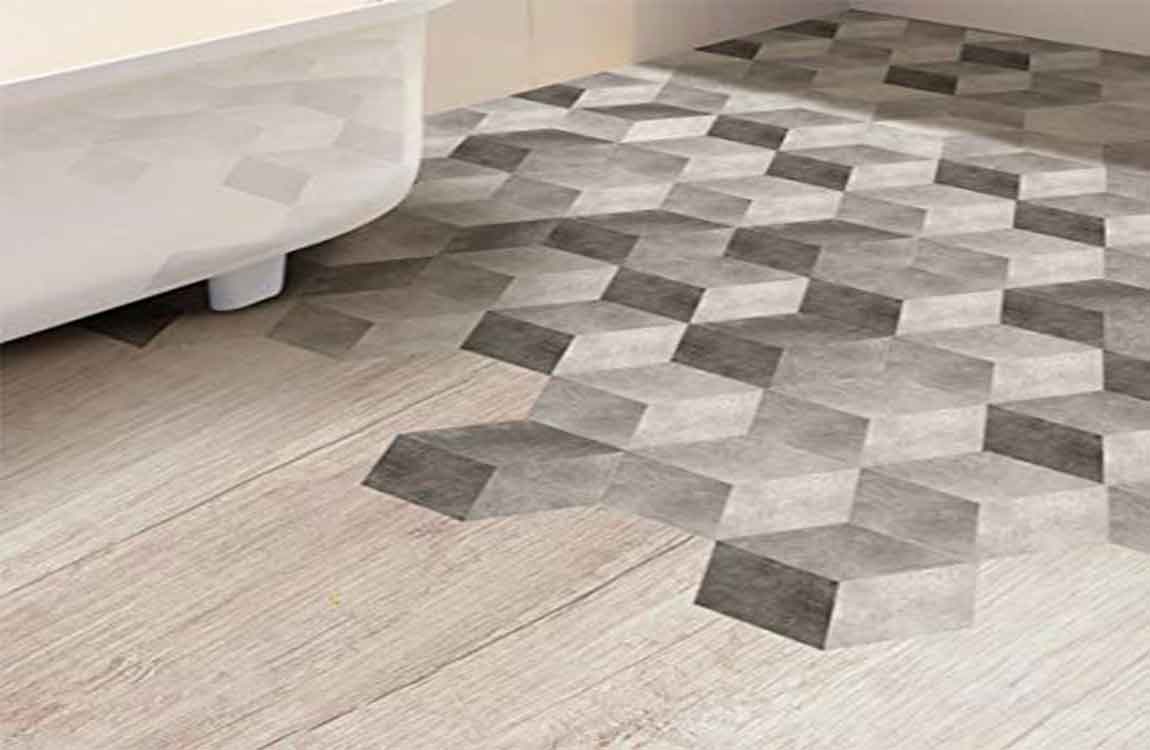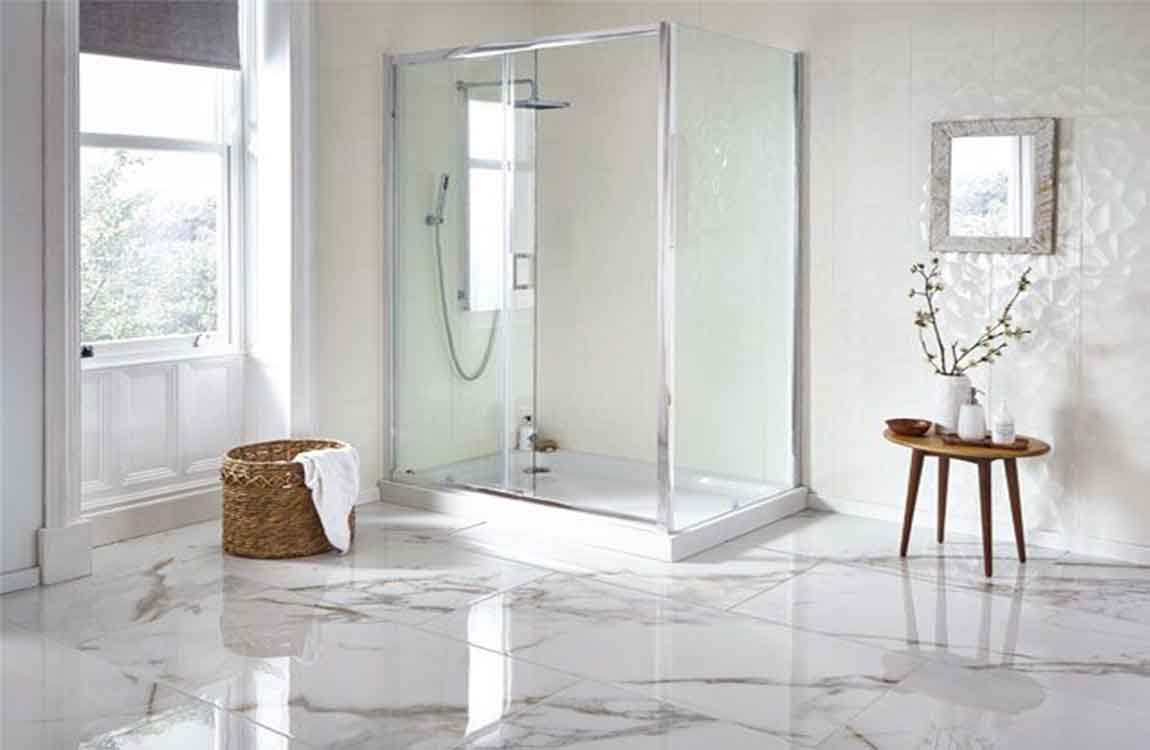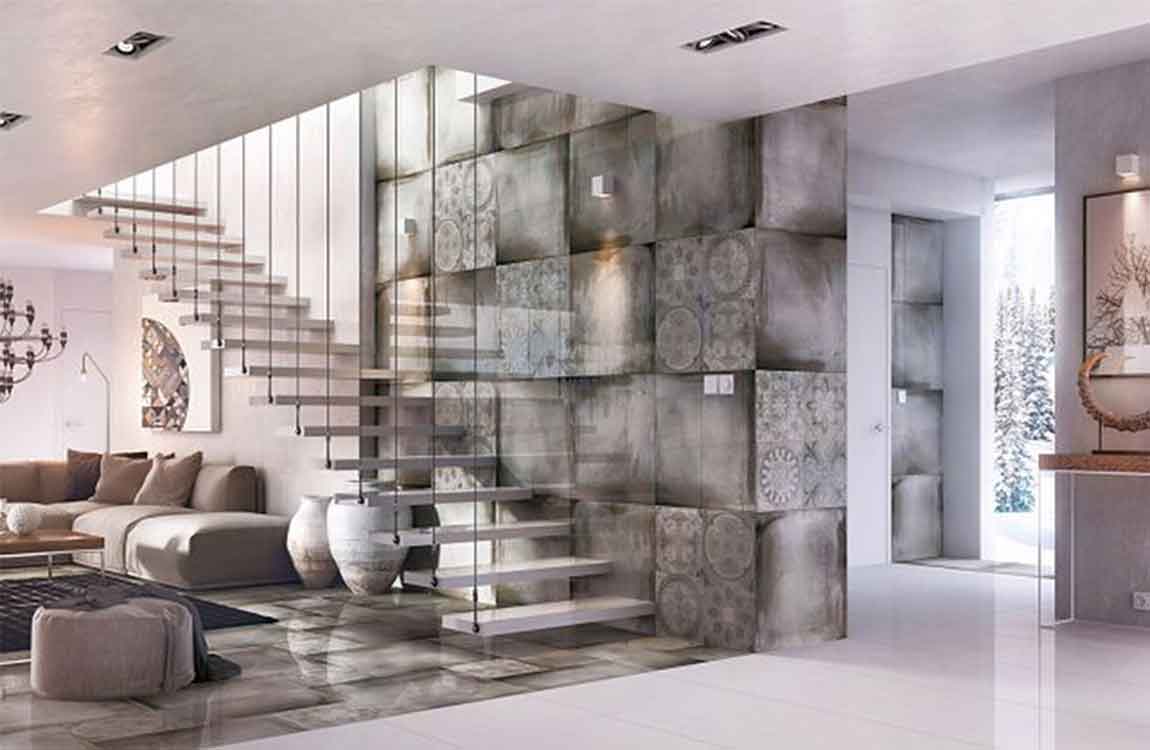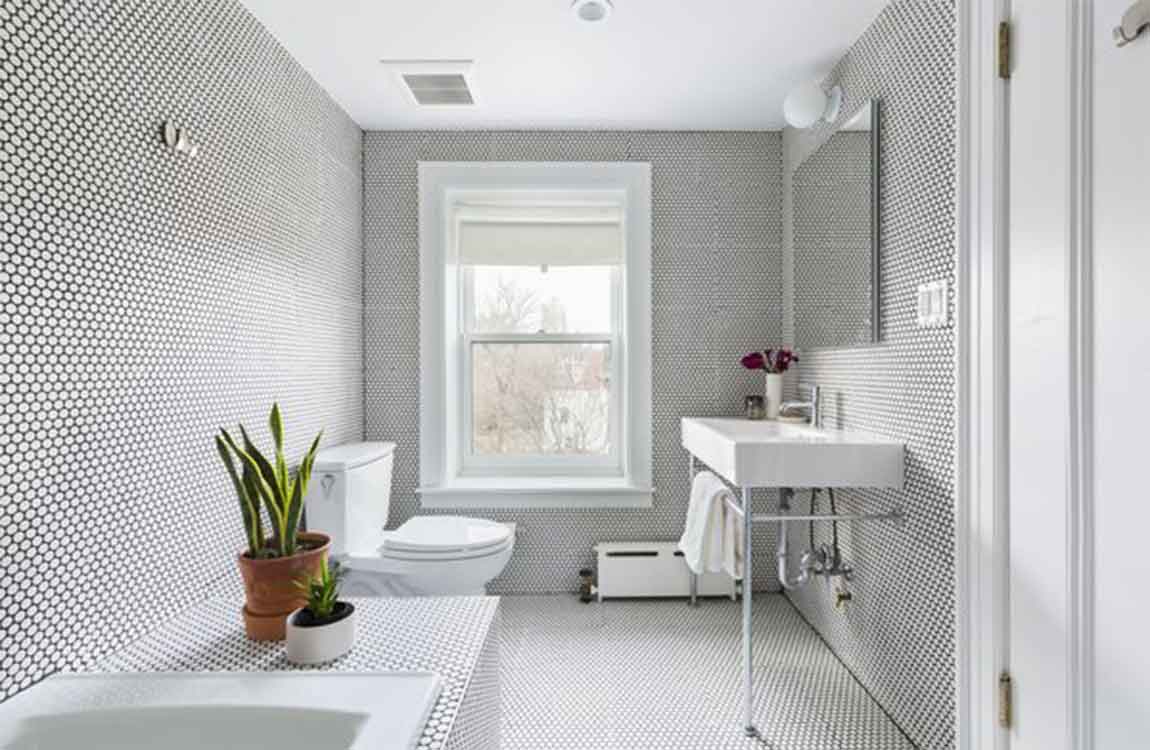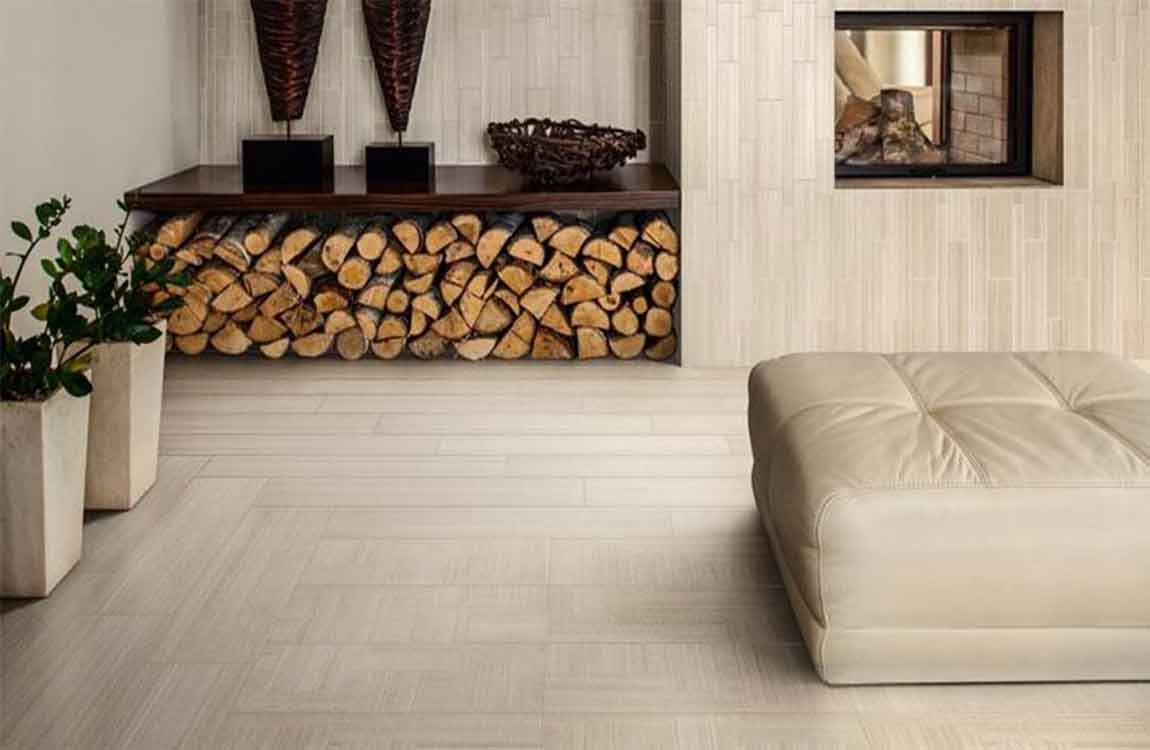How to Choose Tile for Pools?
Designing a new pool can be an overwhelming process, given all of the options available to homeowners these days. Choosing a tile for your pool might not sound like an important decision, but the tile you choose can have a big impact on your pool’s durability and overall appearance.
Fortunately, there are a variety of ways you can go about choosing a pool tile that’s right for you, like looking at different styles, finding a good material, and visiting your local tile store. Install the tile. Once you’re satisfied with your layout, all that’s left to do is call a tiling contractor and have your tile put in professionally.
You might also consider tackling the job yourself if you’re handy with home improvement projects. When you’re done, you’ll have a handsome, custom-designed tiled floor to show for your efforts. Take care of any necessary last-minute adjustments before you break out the mortar and grout.
By the time you’ve begun setting the tiles, it will be too late to make changes. Keep in mind that the tiles will have to come up prior to installation. This isn’t an issue—when the time comes, simply lay them out again in the same formation you used during the dry-fitting phase.
If one or more do not, get more paper and repeat the process. You want the finished tiles to rest right up against the base of the toilet, so take your time to make sure the paper templates fit precisely.


